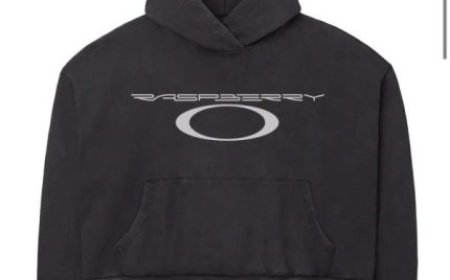Expressing Emotions Through Color: How Art Reflects Our Inner World
At Art For Heart, we encourage students to explore the emotional impact of color and how it can bring their inner world to life.
Colors have a language of their own. They evoke emotions, set moods, and communicate messages without a single word. In the world of art, color becomes a powerful tool for self-expression, capable of revealing our innermost thoughts and feelings. At Art For Heart, we encourage students to explore the emotional impact of color and how it can bring their inner world to life.
The Psychology of Color in Art
Color psychology studies how different colors affect human behavior and emotions. This field suggests that our brains respond to colors in unique ways, which is why specific colors can evoke particular moods.
-
Blue: Often associated with calmness and serenity, blue can also convey sadness or introspection.
-
Red: Known for its intensity, red evokes passion, energy, and strength, but it can also indicate anger or excitement.
-
Yellow: Often considered the color of happiness, yellow can evoke optimism and energy.
-
Green: Symbolic of nature and renewal, green reflects balance and growth.
-
Purple: Purple is a color of creativity and introspection, and purple can evoke mystery and depth.
These responses to color are not just cultural; they’re often innate. Artists have long used color to communicate complex emotions, sometimes choosing colors intuitively to reflect their state of mind.
How Colors Reflect Our Emotions
When creating art, many people find themselves drawn to certain colors based on their emotional state. For example, someone feeling joyful might use bright, vivid colors like yellow and orange, while someone in a contemplative mood might use muted tones or shades of blue. Colors can act as an emotional outlet, allowing us to express feelings that may be difficult to articulate.
At Art For Heart, we encourage students to embrace colors that resonate with them emotionally, using art as a way to explore and understand their feelings. For some, this process can be profoundly revealing, bringing clarity to emotions they hadn’t fully processed.
How Art Therapists Use Color
In art therapy, colors are often used to help clients identify and process emotions. Art therapists may ask clients to select colors that represent their feelings, allowing them to explore difficult emotions in a nonverbal way. This approach can be particularly beneficial for children or individuals who find it hard to articulate their feelings.
Studies show that creating artwork with specific colors can provide relief from negative emotions. For instance, those dealing with sadness or anxiety may find comfort in creating artwork with calming colors like blue or green, while people seeking energy and motivation might benefit from warm tones like red and yellow.
Personal Experiences with Color in Art
Many artists describe the emotional release they feel when working with colors. Frida Kahlo, for example, used color to communicate her pain and resilience, often choosing dark, intense hues to depict her struggles. Her work serves as a reminder of how color can convey emotions that words cannot capture.
At Art For Heart, our classes allow students to experiment with color and discover its emotional impact firsthand. Some have shared stories of gaining insight into their emotions simply by noticing the colors they’re drawn to over time.
Start Your Journey with Color at Art For Heart
If you’re ready to explore the world of color and how it can connect to your emotions, our classes at Art For Heart are the perfect place to start. Visit our class page to learn more about our offerings and start expressing your inner world through color.
What's Your Reaction?


















